Physical Address
304 North Cardinal St.
Dorchester Center, MA 02124
Physical Address
304 North Cardinal St.
Dorchester Center, MA 02124
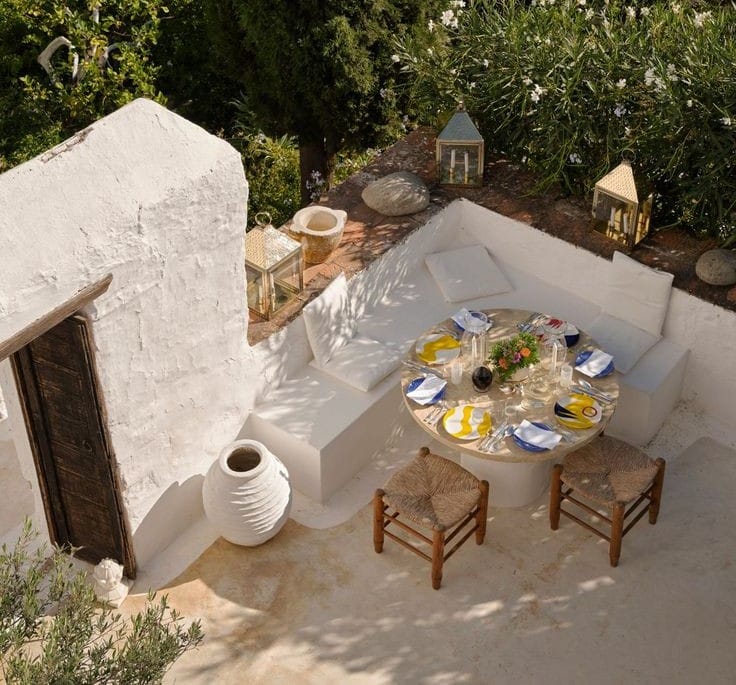
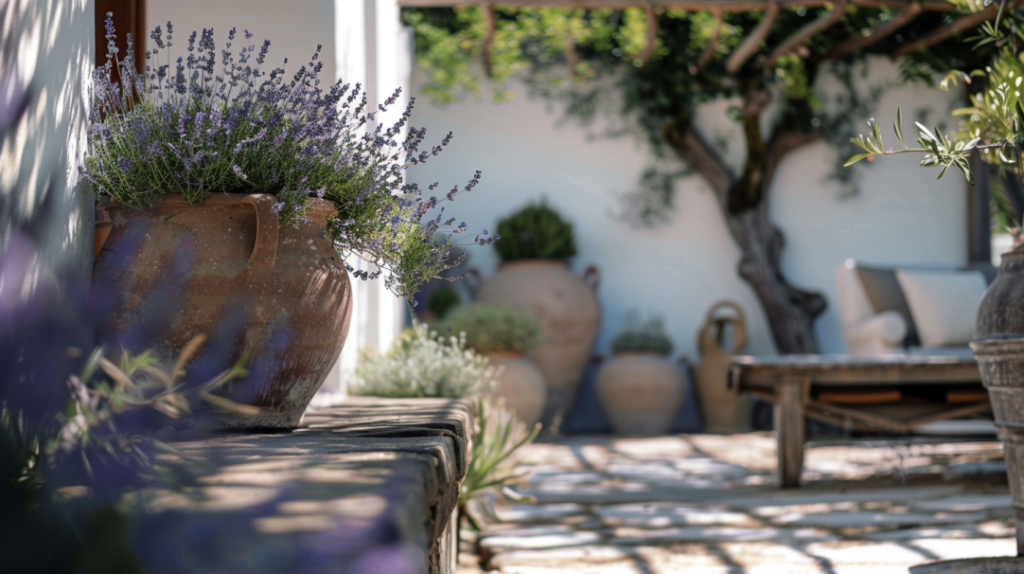
Ready to bring the soul of the Mediterranean to your garden?
Discover wild thyme seeds, starter plants, and soil mixes carefully selected for dry, sun-loving herbs:

Ready to bring the soul of the Mediterranean to your garden?
Discover wild thyme seeds, starter plants, and soil mixes carefully selected for dry, sun-loving herbs:

Ready to bring the soul of the Mediterranean to your garden?
Discover wild thyme seeds, starter plants, and soil mixes carefully selected for dry, sun-loving herbs:
If you’ve ever scrolled through Pinterest or Instagram, you’ve fallen under its spell: the sun-bleached walls, the gnarled olive branches, the terracotta pots that look like they’ve witnessed centuries of Mediterranean history. This is not merely a gardening trend; it is a powerful fantasy of a simpler, sun-drenched, and mythic life. The allure of the Greek garden style whispers a promise that you, too, can live like a modern-day demigod, sipping wine under the dappled shade of a fig tree while the world hustles elsewhere. It represents the ultimate form of escapism, transforming your outdoor space into a sanctuary of tranquility and timeless beauty, drawing on a deep well of cultural history, dramatic landscapes, and pure, unadulterated sunlight. However, the stark reality for most of us involves compact urban balconies, limited landscaping budgets, and the harsh truth that not every plant survives. Yet, this dream remains incredibly potent and, more importantly, entirely achievable by embracing the core principles of Mediterranean garden design: simplicity, resilience, and soul.
If you’ve ever scrolled through Pinterest or Instagram, you’ve fallen under its spell: the sun-bleached walls, the gnarled olive branches, the terracotta pots that look like they’ve witnessed centuries of Mediterranean history. This is not merely a gardening trend; it is a powerful fantasy of a simpler, sun-drenched, and mythic life. The allure of the Greek garden style whispers a promise that you, too, can live like a modern-day demigod, sipping wine under the dappled shade of a fig tree while the world hustles elsewhere. It represents the ultimate form of escapism, transforming your outdoor space into a sanctuary of tranquility and timeless beauty, drawing on a deep well of cultural history, dramatic landscapes, and pure, unadulterated sunlight. However, the stark reality for most of us involves compact urban balconies, limited landscaping budgets, and the harsh truth that not every plant survives. Yet, this dream remains incredibly potent and, more importantly, entirely achievable by embracing the core principles of Mediterranean garden design: simplicity, resilience, and soul.

When you close your eyes and envision your ideal Greek paradise, your mind doesn’t conjure images of aphid infestations or watering schedules. Instead, you imagine a timeless, cinematic scene: ancient olive groves stretching to a azure sea, weathered marble columns draped in vibrant bougainvillea, the sound of a distant lyre, and yourself reclining as a philosopher-king in a state of serene contemplation. This intoxicating fantasy is built on a foundation of Hellenic romance, classical architecture, and an effortless connection to nature that feels both heroic and profoundly peaceful. It’s a vision of outdoor living that is less about cultivation and more about celebration—a place designed for conversation, good food, and soaking in the golden hour light that defines the Aegean.


Source: YouTube – In Shakespeare’s Garden: A Brief History of Thyme

Now, let’s confront the typical reality: a concrete balcony railing, a view of a parking lot, a budget that demands creativity over extravagance, and the sobering memory of that €12 olive tree from the discount store that perished in a week. The default setting often includes plastic furniture and a distinct lack of ancient ruins. Yet, this reality is not a barrier; it is your raw material. The genius of authentic Greek and Mediterranean design has always been about achieving profound beauty with minimal resources, using what is locally available and allowing nature to take a leading role. It is a philosophy that champions sun-bleached stone, deep shadows, and textured surfaces over manicured lawns and elaborate, high-maintenance features, proving that true style emerges from authenticity, not abundance.
The essential character of a Greek garden can be distilled into three core elements: stone, sun, and simplicity. If this garden style had a motto, it would be “elegant austerity.” This means ruthlessly eliminating clutter and embracing a palette of natural materials that age gracefully. Think of crushed limestone or gravel pathways that crunch underfoot, whitewashed or sun-bleached walls that reflect the brilliant sunlight, and rough-hewn stone planters that provide a stark, beautiful contrast to soft, silvery-green foliage. The goal is to create a sense of place that feels both designed and organically evolved over time, where every element has a purpose and a story, fostering a connection to the earth and the elements.
A crucial step in creating an authentic Greek garden oasis is selecting the right plants; not all species are created equal for this specific, sun-baked environment. You must choose hardy, drought-tolerant perennial heroes that thrive on sunshine and require minimal water, emulating the resilient ecosystem of the Greek hillsides. The iconic olive tree (Olea europaea) is a central symbol, though in cooler climates, it may need winter protection. Lavender (Lavandula) introduces stunning purple hues and a calming fragrance, while rosemary (Rosmarinus officinalis) offers structural evergreen form and culinary value. Don’t forget thyme (Thymus), oregano (Origanum vulgare), and the explosively colorful bougainvillea, which provides a dramatic splash of magenta, red, or white against white walls.

Ready to bring the soul of the Mediterranean to your garden?
Discover wild thyme seeds, starter plants, and soil mixes carefully selected for dry, sun-loving herbs:
No Greek garden design is complete without the humble yet essential terracotta pot. These clay containers are the workhorses of the Mediterranean aesthetic, valued for their porous nature and, most importantly, their ability to acquire a beautiful patina over time. Cracks, chips, and a gentle white lime buildup are not flaws but badges of honor, adding instant character and a sense of history. While grand marble columns might be impractical, incorporating architectural fragments or simple, clean-lined stone benches can hint at classical inspiration without veering into kitsch. The art is to suggest a “gentle ruin”—a broken pot used as a feature, a leaning stone, or a weathered statue—that implies timelessness and romantic decay.
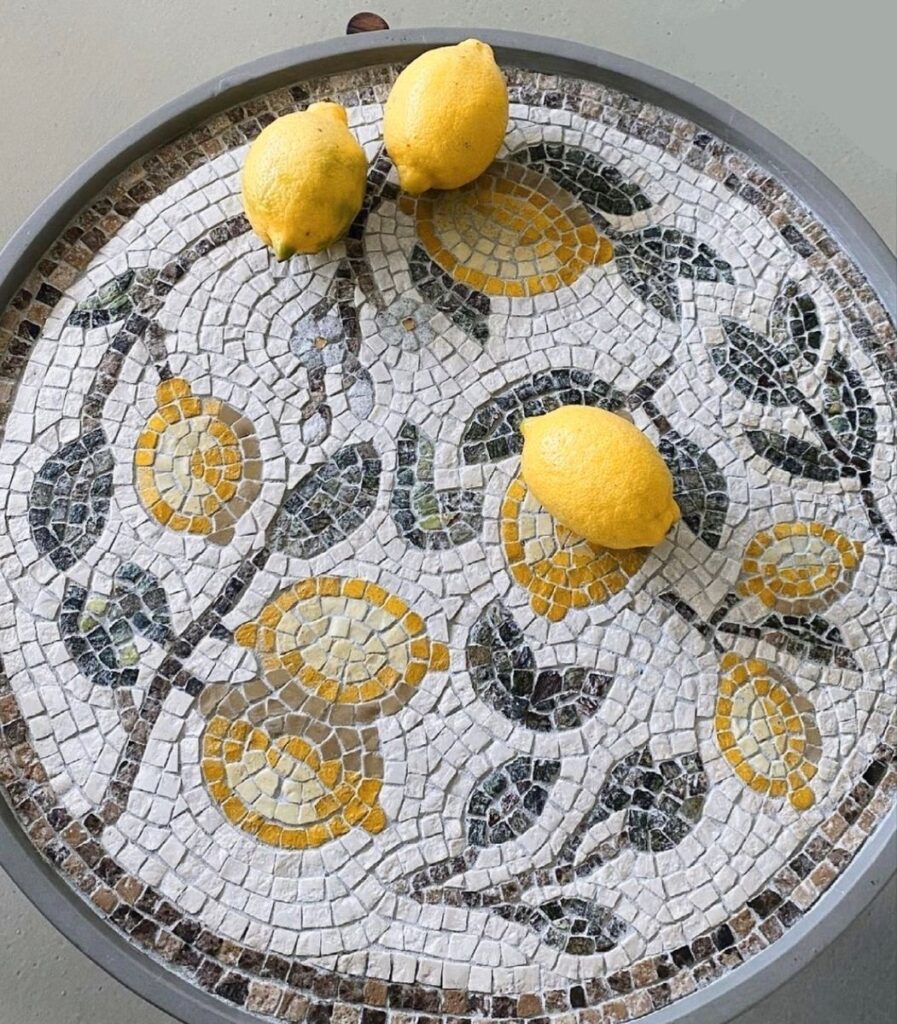
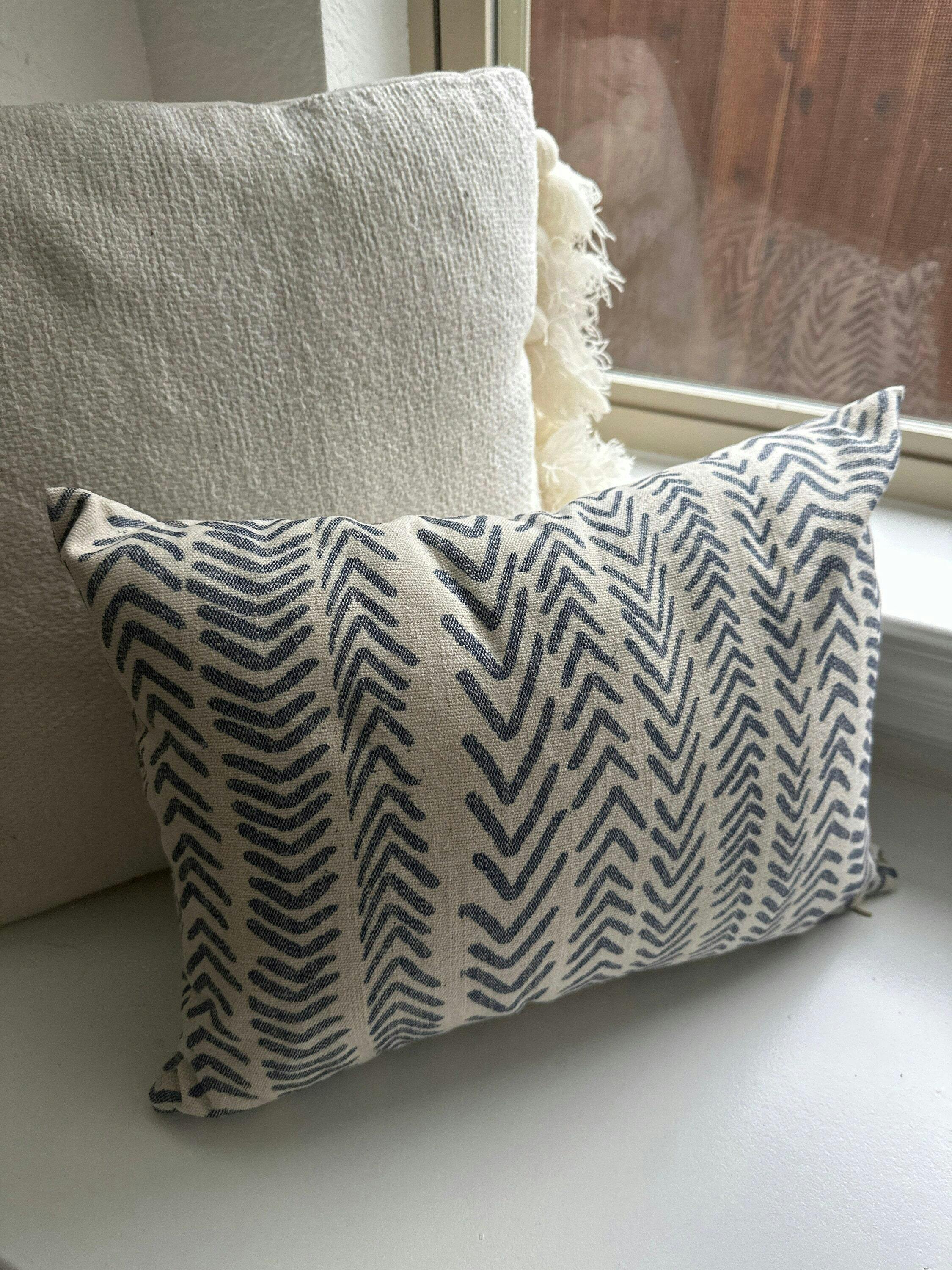
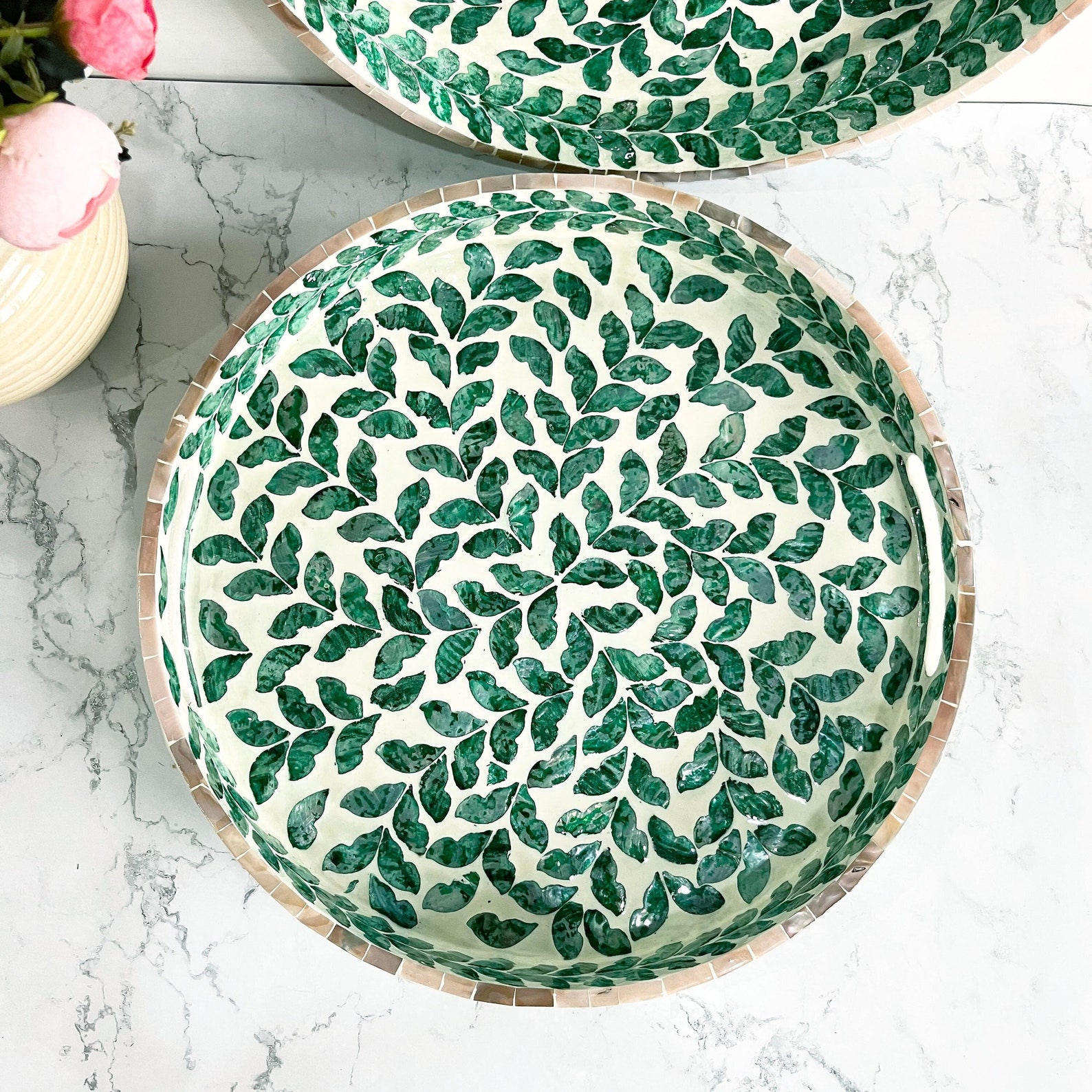

Ready to bring the soul of the Mediterranean to your garden?
Discover wild thyme seeds, starter plants, and soil mixes carefully selected for dry, sun-loving herbs: 👉 Shop Wild Thyme Varieties Here
Begin your transformation by embracing a Spartan mindset towards your space. Remove any item that does not serve the aesthetic or functional purpose of a serene, Mediterranean retreat. This means saying goodbye to plastic decorations, brightly colored novelty items, and anything that feels artificial or out of place. Your goal is to create a canvas of calm where the eye can rest, and the natural textures of stone, wood, and plant can take center stage, allowing the space to breathe and embody the peaceful emptiness of a sunlit courtyard.
Curate your plant list like a sommelier selects wine, focusing on quality and suitability over quantity. Prioritize native Mediterranean plants or excellent drought-tolerant substitutes that will flourish in your specific climate zone. Rosemary, lavender, sage, and thyme are fantastic, low-cost starters that are both practical and aromatic. For larger elements, consider a hardy fig tree or a potted bay laurel. The key is to build a garden that becomes more resilient over time, requiring less water and care, thus allowing you to actually enjoy your retreat rather than constantly labor in it.
The furniture you choose sets the tone for the entire space. Avoid flimsy, mass-produced plastic sets that detract from the authentic vibe. Instead, seek out materials that possess inherent character and longevity. Wrought iron bistro sets, sturdy wooden benches, or simple stone seating arrangements form a perfect foundation. Accessorize with thick, comfortable cushions in earthy tones—think ochre, terracotta, deep blue, or creamy white—or classic navy and white stripes to evoke the maritime spirit of the Greek islands without sacrificing comfort.
Beyond the aesthetics, creating a Greek garden is a profound act of psychological rebellion against the modern world’s frenetic pace. It is a deliberate choice to carve out a space for slow living, contemplation, and authentic connection away from digital screens and synthetic experiences. Every terracotta pot planted with herbs, every sun-bleached stone, becomes a small but powerful protest against efficiency-over-everything culture, declaring that beauty, history, and sensory pleasure are essential nutrients for the soul. This style masterfully balances a framework of order with the joyful chaos of nature, creating a curated yet alive environment that feels both structured and wonderfully free.
The most common mistake in pursuing this theme is overdoing the classical elements, resulting in a tacky parody rather than a nuanced homage. Remember, one well-placed column fragment or a single classic urn as a focal point is infinitely more chic than a full-scale replica of the Parthenon facade. Similarly, resist the siren call of cheap, plastic “ancient” decorations; they will always look fake and undermine the authentic texture you are trying to build. Invest in a few real materials—real clay, real stone, real iron—and let them age naturally. If a plant dies, see it as an opportunity to try a hardier variety; the journey is all part of creating your own unique myth.

You do not need a vast budget to create a convincing and beautiful Greek garden; you need creativity and a keen eye. Embrace DIY projects: transform broken terracotta pots into charming stacked planters or fairy garden features, use reclaimed bricks or stones to edge your pathways, and hunt for unique, weathered items at flea markets or architectural salvage yards. For plants, focus on inexpensive, fast-growing herbs that deliver immense visual and aromatic payoff. A collection of clay pots filled with rosemary, basil, mint, and oregano instantly creates that edible, aromatic Mediterranean kitchen garden feel without a major financial investment.
Once your core elements are in place, focus on styling your space for both living and photography. Understand the power of Greek light—shoot in the early morning or late afternoon golden hour to capture long, dramatic shadows and a warm, honey-toned glow that makes everything look magical. Arrange your pots at different heights, use trailing plants like ivy or creeping thyme to soften edges, and create dynamic visual interest. When evening falls, illuminate your sanctuary with simple lanterns, scattered tea lights, or delicate fairy lights to create an intimate, enchanting atmosphere perfect for long conversations and making memories. Ultimately, your Greek garden is your own personal myth—a bold, honest, and timeless stage for your life, built not in Santorini, but right outside your door.
Try my favorite Greek wild thyme spread that I make at home — tested and approved, it truly tastes like summer!
👉 Find the recipe here – Source: Blog – Erratic Engineeress: Wild Food – Wild Thyme Spread Recipe